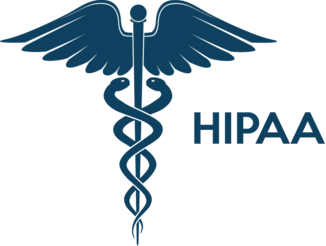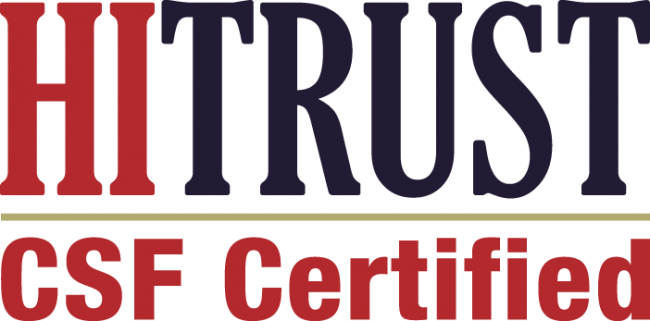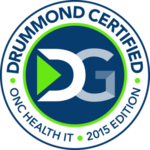In today’s healthcare landscape, the patient journey from initial referral to specialist care represents one of the most critical touchpoints in the healthcare experience. What was once a fragmented, paper-heavy process riddled with delays and communication gaps has evolved into a streamlined digital experience that prioritizes patient satisfaction and clinical outcomes.
The transformation of referral management through modern platforms like HealthViewX demonstrates how technology can bridge the gaps between primary care providers, specialists, and patients, creating a seamless continuum of care that benefits everyone involved.
The Traditional Referral Challenge
Historically, the referral process has been a source of frustration for patients and providers alike. Picture this common scenario: A patient visits their primary care physician with concerning symptoms. The doctor determines that specialist care is needed and hands the patient a referral slip, often leaving them to navigate the complex process of finding an available specialist, scheduling an appointment, and ensuring their medical records are transferred properly.
This traditional approach frequently resulted in:
- Lost or incomplete referrals
- Extended waiting times for specialist appointments
- Poor communication between referring and receiving providers
- Patient confusion about next steps
- Revenue leakage for healthcare organizations
- Compromised patient outcomes due to delayed care
The Modern Digital Transformation
Today’s referral management platforms have revolutionized this experience by creating an integrated ecosystem where information flows seamlessly between all stakeholders. Modern solutions like HealthViewX have transformed the referral journey into a coordinated, transparent process that puts the patient at the center.
Step 1: The Seamless Referral Initiation
The journey begins when a primary care provider identifies the need for specialist consultation. In a modern referral management system, the referring physician can instantly access a comprehensive network of specialists, view their availability, and submit referrals electronically with all relevant patient information attached.
Key benefits at this stage include:
- Real-time specialist availability and scheduling
- Automated clinical documentation transfer
- Insurance verification and authorization management
- Patient preference consideration for provider selection
Step 2: Intelligent Routing and Prioritization
Once initiated, the referral enters an intelligent routing system that automatically directs it to the most appropriate specialist based on clinical criteria, patient preferences, insurance coverage, and urgency levels. This eliminates the manual sorting and potential for referrals to fall through administrative cracks.
Advanced platforms utilize advanced algorithms to:
- Match patients with the most suitable specialists
- Prioritize urgent cases appropriately
- Optimize scheduling to reduce wait times
- Ensure compliance with insurance requirements
Step 3: Proactive Patient Communication
Perhaps the most transformative aspect of modern referral management is the emphasis on patient communication and engagement. Rather than leaving patients in the dark about their referral status, contemporary platforms provide continuous updates and clear guidance throughout the process.
Patients receive:
- Automated notifications about referral status
- Specialist information and preparation instructions
- Appointment confirmation and reminders
- Pre-visit forms and questionnaires
- Clear directions and office information
Step 4: Coordinated Care Delivery
When the patient arrives for their specialist appointment, all relevant information is readily available in the specialist’s system. This includes the original referral reason, complete medical history, relevant test results, and any specific instructions from the referring provider.
The specialist can focus entirely on patient care rather than hunting for information or repeating diagnostic tests unnecessarily.
Step 5: Closing the Loop
One of the most critical aspects of successful referral management is ensuring the loop is closed between the specialist and referring provider. Modern platforms automatically facilitate this communication, ensuring that consultation notes, treatment plans, and follow-up recommendations are shared promptly.
This loop closure provides:
- Referring providers with detailed consultation summaries
- Clear follow-up instructions for continued care
- Coordinated treatment plans
- Improved patient safety through better care coordination
Real-World Impact: The HealthViewX Success Story
The effectiveness of modern referral management platforms is best illustrated through real-world outcomes. HealthViewX has demonstrated remarkable improvements across various healthcare organizations:
A large university experienced a 67% reduction in referral processing time, while an FQHC experienced a 45% increase in the number of referral loop closures. Additionally, a dental specialty clinic saw a 50% increase in the efficiency of referral coordinators.
These improvements translate to measurable benefits across the board:
- 50% referral processing time improvement
- 40% reduced referral/revenue leakage
- 90% reduction in incomplete referrals
- 30% reduction in phone calls from patients
- 35% increased referral loop closures
Client Testimonials: Voices from the Field
Healthcare organizations implementing modern referral management solutions consistently report transformative experiences. “They are responsive, invested in our success, and a joy to work with. They diligently work to ensure our continued success, allowing us to focus on meeting the needs of our patients. The solution is user-friendly and comprehensive. The Support Team is 2nd to NONE”, shares one healthcare administrator.
From a clinical perspective, the impact on provider relationships is equally significant. “We are impressed with the improved referral relationships between our primary care and specialists. The ease of communication improves care and patient experience,” notes Dr. Kelly Motadel, CMO at Vista Community Clinic.
The Technology Behind the Transformation
Modern referral management platforms leverage several key technologies to create seamless patient experiences:
Cloud-Based Integration
Cloud infrastructure enables real-time data sharing across multiple healthcare systems, ensuring that patient information is always current and accessible to authorized providers.
Mobile Accessibility
Mobile-optimized platforms ensure that patients can access information and receive updates regardless of their location or device preferences.
Interoperability Standards
Compliance with healthcare interoperability standards ensures that referral management platforms can communicate effectively with existing electronic health records and practice management systems.
Benefits for All Stakeholders
The transformation of the referral journey creates a win-win-win scenario:
For Patients:
- Reduced wait times for specialist appointments
- Clear communication throughout the process
- Less administrative burden
- Improved care coordination
- Better health outcomes
For Referring Providers:
- Streamlined referral submission process
- Better visibility into referral status
- Improved communication with specialists
- Enhanced patient satisfaction
- Reduced administrative overhead
For Specialists:
- More efficient intake processes
- Complete patient information at point of care
- Improved scheduling optimization
- Better communication with referring providers
- Increased patient volume through network effects
For Healthcare Organizations:
- Reduced revenue leakage
- Improved operational efficiency
- Enhanced patient satisfaction scores
- Better provider relationships
- Compliance with quality metrics
Looking Ahead: The Future of Referral Management
As healthcare continues to evolve toward value-based care models, the importance of seamless referral management will only grow. Future developments are likely to include:
- Predictive Analytics: Using data to predict specialist needs and proactively manage capacity
- Patient-Centric Platforms: Giving patients even more control over their referral journey
- Integration with Social determinants: Considering patient social and economic factors in referral decisions
- Outcome Tracking: Better measurement of referral effectiveness and patient outcomes
- Telemedicine Integration: Incorporating virtual consultations into the referral pathway
Conclusion
The patient journey from referral to specialist care has undergone a remarkable transformation. What was once a fragmented, inefficient process has become a coordinated, technology-enabled experience that prioritizes patient needs while improving outcomes for all stakeholders.
Platforms like HealthViewX demonstrate that when healthcare organizations invest in modern referral management solutions, the benefits extend far beyond operational efficiency. They create an ecosystem where patients feel supported and informed, providers can focus on care delivery rather than administrative tasks, and healthcare organizations can achieve their quality and financial objectives.
The future of healthcare depends on our ability to create seamless, patient-centered experiences. In the realm of referral management, that future is already here. The question is not whether to embrace these transformative technologies, but how quickly organizations can implement them to serve their patients and communities better.
As we move forward, the organizations that prioritize seamless referral experiences will be the ones that thrive in an increasingly competitive and quality-focused healthcare landscape. The patient journey from referral to specialist care is no longer just about getting patients to the right provider – it’s about creating an experience that builds trust, improves outcomes, and sets the foundation for long-term healthcare relationships.








